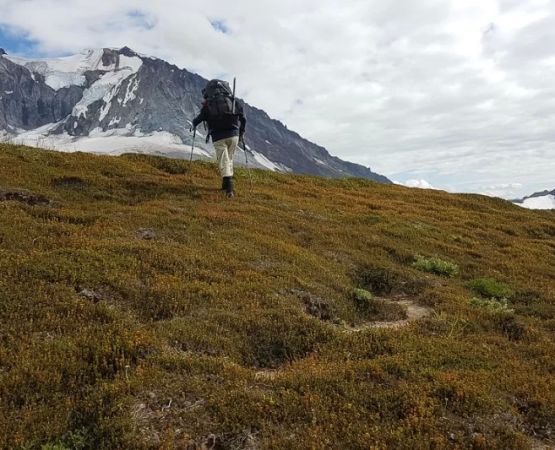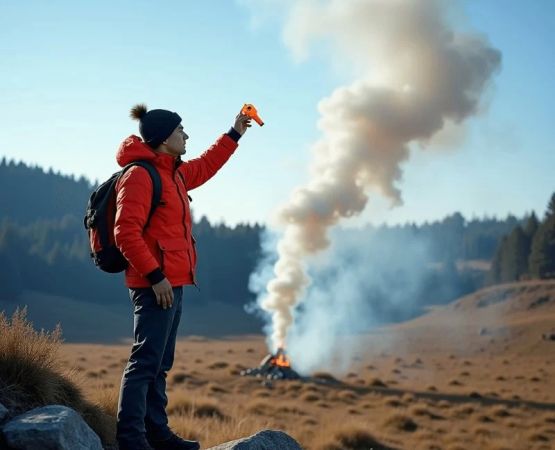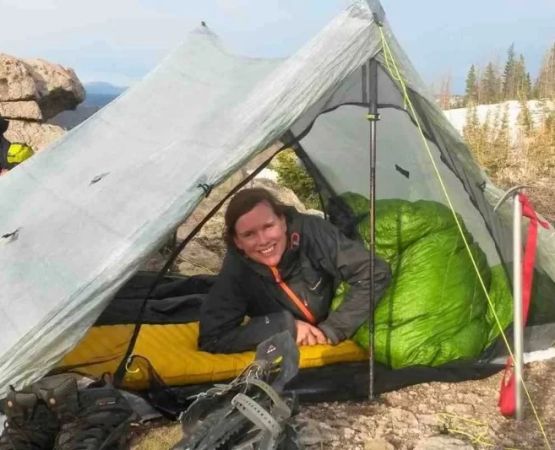- 1 - Understanding-eco-camping-in-the-us
- 2 - Environmental-benefits-of-eco-camping
- 3 - Choosing-sustainable-campsites
- 4 - Essential-eco-friendly-camping-practices
- 5 - Impact-of-eco-camping-on-local-communities
- 6 - Real-life-examples-and-stories
- 7 - Planning-your-eco-camping-trip
1. Understanding Eco-Camping in the United States
Eco-camping in the United States is a growing trend where campers embrace environmentally responsible practices to minimize their impact on nature. It involves adopting sustainable behaviors such as using renewable energy, minimizing waste, and respecting wildlife habitats while enjoying outdoor adventures.
This approach aligns with increasing awareness about climate change and environmental preservation. Many national parks and campgrounds are now integrating green initiatives to support eco-conscious visitors. For outdoor enthusiasts, eco-camping offers a way to reconnect with nature while protecting it for future generations.
Understanding the principles of eco-camping lays the foundation for a more meaningful and responsible camping experience in the diverse landscapes of the United States.
2. Environmental Benefits of Eco-Camping
Eco-camping reduces pollution, conserves natural resources, and protects ecosystems. By using biodegradable products and minimizing campfire impacts, campers help preserve soil quality and prevent forest fires. Water conservation efforts reduce strain on local sources, ensuring availability for wildlife and communities.
For example, a study conducted in the Pacific Northwest revealed that campgrounds implementing eco-friendly policies showed significant improvement in local biodiversity and reduced litter. Such benefits demonstrate how responsible camping directly supports environmental health.
Participating in eco-camping contributes positively to natural preservation efforts, fostering a symbiotic relationship between humans and the environment.
3. Choosing Sustainable Campsites
Selecting campsites that prioritize sustainability is crucial for eco-campers. Look for campgrounds that offer recycling facilities, use solar energy, and enforce leave-no-trace policies. Many state and national parks now certify eco-friendly sites, making it easier to find responsible locations.
Pine Cliff Resort is one example of a sustainable campground in the U.S. that combines comfort with green practices, including composting toilets, rainwater collection, and habitat restoration projects. Choosing such sites ensures your camping trip supports environmental stewardship.
Researching and booking at sustainable campsites is a practical first step towards reducing your camping footprint.
4. Essential Eco-Friendly Camping Practices
Adopting eco-friendly camping practices amplifies the benefits of choosing sustainable sites. These include packing reusable containers to avoid single-use plastics, using solar-powered gadgets, and properly disposing of waste.
Campers should avoid disturbing wildlife, stick to marked trails to prevent erosion, and minimize noise pollution to maintain natural tranquility. Carrying biodegradable soaps and cleaning supplies helps keep water sources uncontaminated.
A camper’s diary from a Utah trip highlights how simple changes like using refillable water bottles and solar lanterns enhanced their experience and preserved the pristine environment.
5. Impact of Eco-Camping on Local Communities
Eco-camping benefits local communities by promoting sustainable tourism and supporting local economies without overwhelming natural resources. It encourages cultural respect and environmental education among visitors.
Communities near eco-friendly campgrounds often see increased employment opportunities in conservation and hospitality sectors. Additionally, eco-campers tend to support local organic food producers and artisans, creating positive social impact.
Understanding this interconnectedness emphasizes the role campers play in fostering sustainable development beyond the campsite.
6. Real-Life Examples and Stories
Jessica and Mark, avid campers from Oregon, embraced eco-camping principles on their trip to the Rockies. They shared how choosing a solar-powered tent and practicing strict waste segregation enhanced their connection to nature and inspired others at the campground.
Similarly, a volunteer program at Pine Cliff Resort involved guests in trail restoration and native plant gardening, providing hands-on conservation experience that enriched their stay.
These stories show that eco-camping is not only about preservation but also about creating lasting memories and community engagement.
7. Planning Your Eco-Camping Trip
Planning is key to successful eco-camping. Research destinations with sustainable credentials, prepare eco-friendly gear, and familiarize yourself with local regulations. Consulting resources and expert guides ensures you adhere to best practices.
By choosing eco-camping, you invest in preserving America’s natural beauty while enjoying enriching outdoor adventures. For personalized suggestions and eco-friendly gear, visit Pine Cliff Resort, where sustainability meets comfort and hospitality.






